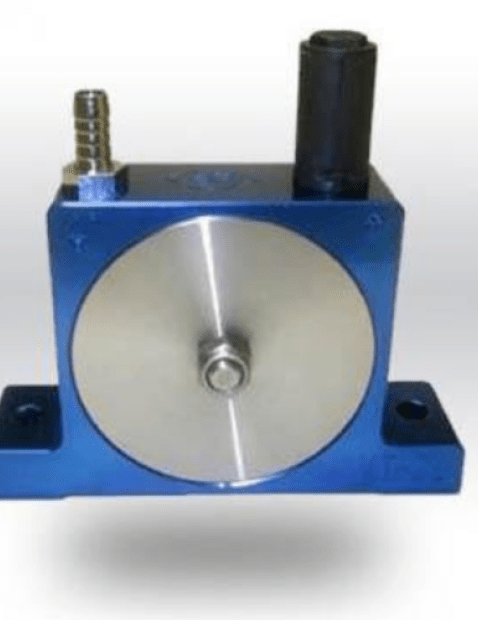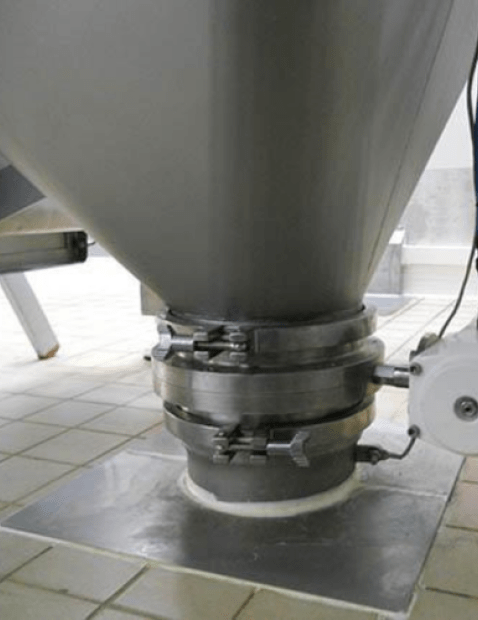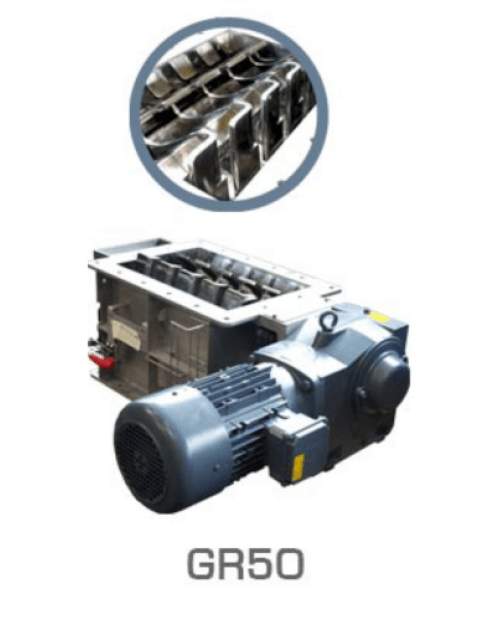
- 1. Jean-Luc, what is the main message you’re taking away from this event?
- 2. What other EHEDG recommendations caught your attention
- 3. You’ve spoken a lot about these guidelines. How do they influence your projects at Palamatic Process?
- 4. You mentioned a trilogy of hygienic principles during the conference. Could you tell us more?
- 5. How does Palamatic Process apply these principles in its design projects?
- 6. What other innovations were discussed at the congress?
- 7. What will be the impact of these advancements on the future of the industry?
Interview with Jean-Luc Louis, Engineer responsible for the 3S Service at Palamatic Process.
During the EHEDG World Congress 2024 in Nantes, Jean-Luc Louis reflected on the major developments in hygienic design within the food industry. Here are his thoughts on the two-day conference.
Jean-Luc, what is the main message you’re taking away from this event?
Jean-Luc Louis: The key takeaway is the importance of reducing water usage in cleaning processes, particularly in the powder sector, which we’re very familiar with. The EHEDG guidelines aim to minimize the risks of bacterial growth through equipment design, allowing for easier cleaning and more efficient drainage. This reduces not only microbial risks but also energy consumption related to water use. Hygienic design also needs to take into account the accessibility of risk zones for cleaning and maintenance to make these regular interventions easier.
What other EHEDG recommendations caught your attention?
Jean-Luc Louis: Another important point is limiting retention areas, which are often hotspots for contamination. For instance, when designing machines, it’s crucial to select materials that meet food safety requirements. The EHEDG issues several guidelines to help guide manufacturers in this effort. GL 08 is probably the most important as it summarizes the principles of hygienic design. But we can’t ignore others like GL 18 on stainless steel surface treatment, GL 44 on the hygienic design of food factories, or GL 58 on managing hygienic risks in equipment.
You’ve spoken a lot about these guidelines. How do they influence your projects at Palamatic Process?
Jean-Luc Louis: These guidelines are essential to our designs. They allow us to create solutions that meet the strictest standards in the food industry. We follow these principles closely when manufacturing our equipment. For example, the conveyors we develop are designed to facilitate cleaning and avoid retention areas. One aspect we focus on a lot is open design, which greatly improves access for cleaning and maintenance, providing significant benefits to our clients.
You mentioned a trilogy of hygienic principles during the conference. Could you tell us more?
Jean-Luc Louis: Absolutely. EHEDG highlights what’s known as the "hygienic design trilogy", consisting of three components: zoning, cleaning methods, and product contact. Hygienic zoning divides production areas into high, medium, and low hygiene zones based on the acceptable level of contamination. Next, the cleaning methods must be adapted to the type of product and process, whether it’s dry cleaning, controlled humidity, or wet phase cleaning. Finally, product contact is crucial – every part of the equipment that comes into contact with food must meet strict design criteria to minimize contamination risks.
How does Palamatic Process apply these principles in its design projects?
Jean-Luc Louis: We integrate these principles into every aspect of our equipment design. For example, we talked about a plant in Turkey during the conference, which was built according to EHEDG standards. This plant drastically reduced water consumption and energy costs. Of course, the initial cost was higher, with about a 30% increase in the budget, but over time, the savings were substantial. At Palamatic Process, we aim to adopt this kind of sustainable approach for all our projects, whether we’re dealing with powder transport systems or complete production lines.
What other innovations were discussed at the congress?
Jean-Luc Louis: One interesting innovation involved simplifying the design of equipment. One presentation emphasized the importance of having "simple and beautiful" machines because, as the speaker said, the simpler the equipment, the easier it is to maintain, and the more care operators will take of it. This aesthetic and practical approach is something we also try to incorporate into our designs at Palamatic. We also discussed the overall management of food factories, not just individual equipment. This includes designing entire buildings to minimize environmental impacts while meeting the strictest hygiene standards.
What will be the impact of these advancements on the future of the industry?
Jean-Luc Louis: I believe the future of the food industry lies in sustainable hygienic design. Reducing water consumption, improving cleaning processes while ensuring food safety – these are goals we all need to strive for. Optimizing cleaning cycles, for example, not only helps meet environmental standards but also improves the productivity of production lines. At Palamatic, we’ll continue innovating in this area to offer our clients effective, sustainable solutions that meet the highest standards.

Do you have a project in mind? I am available to
advise and support you in your project.
Loïc, powder expert
This interview with Jean-Luc Louis illustrates the extent to which the principles discussed at the EHEDG World Congress 2024 are influencing equipment design practices in the food industry. As a key player in this sector, Palamatic Process rigorously applies these standards to offer solutions that are both innovative and sustainable, responding to the contemporary challenges of food safety and respect for the environment.



















